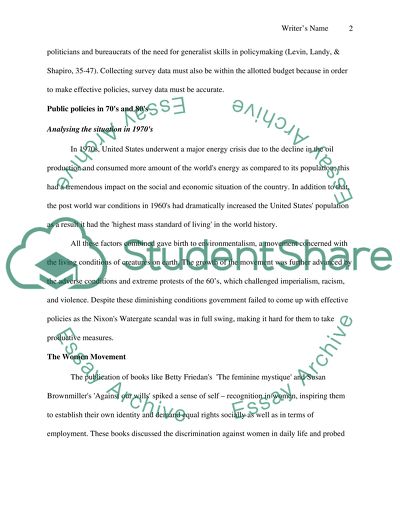Cite this document
(The New Politics of Public Policymaking Coursework, n.d.)
The New Politics of Public Policymaking Coursework. https://studentshare.org/politics/1618449-the-new-politics-of-public-policymaking
The New Politics of Public Policymaking Coursework. https://studentshare.org/politics/1618449-the-new-politics-of-public-policymaking
(The New Politics of Public Policymaking Coursework)
The New Politics of Public Policymaking Coursework. https://studentshare.org/politics/1618449-the-new-politics-of-public-policymaking.
The New Politics of Public Policymaking Coursework. https://studentshare.org/politics/1618449-the-new-politics-of-public-policymaking.
“The New Politics of Public Policymaking Coursework”. https://studentshare.org/politics/1618449-the-new-politics-of-public-policymaking.


